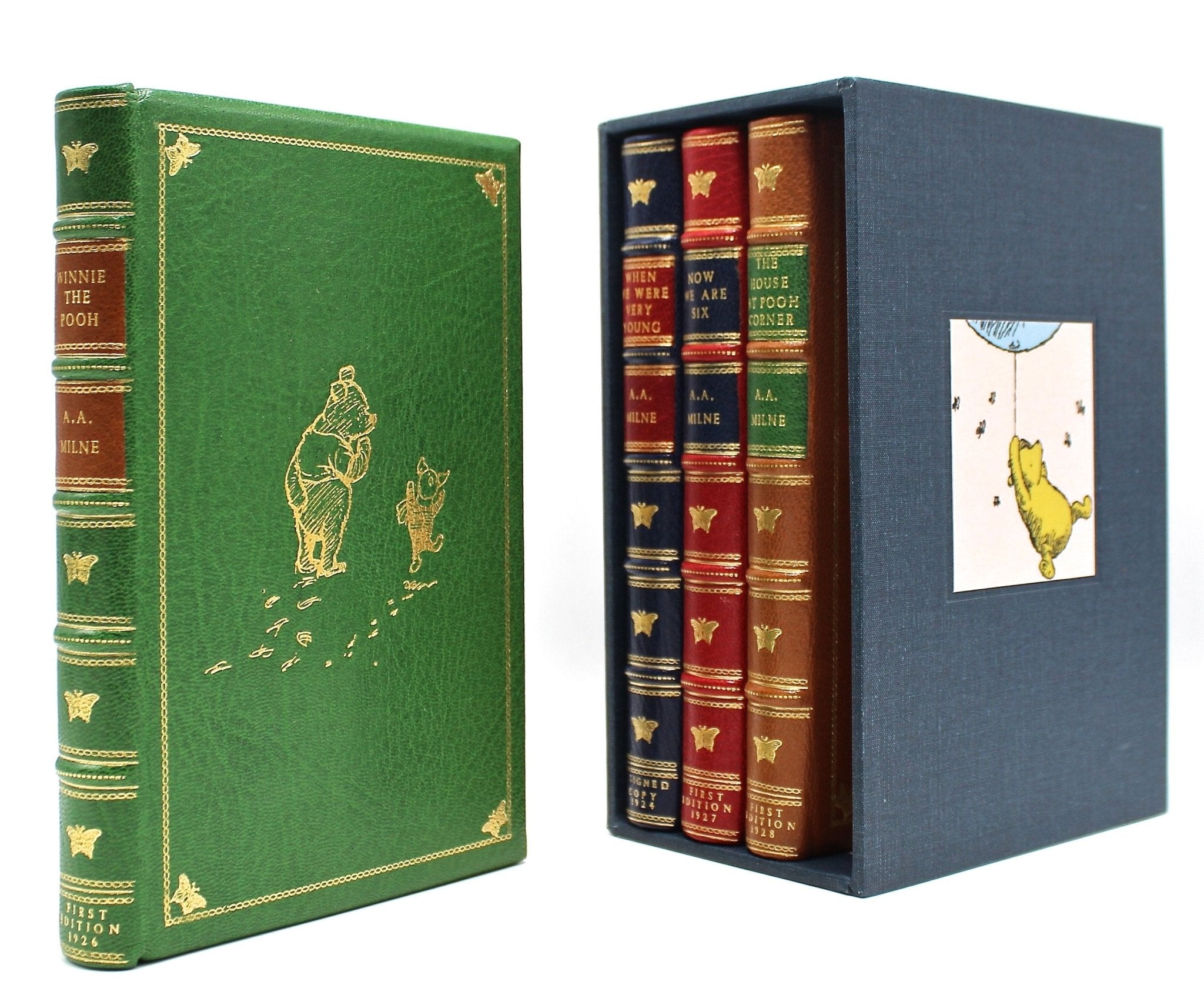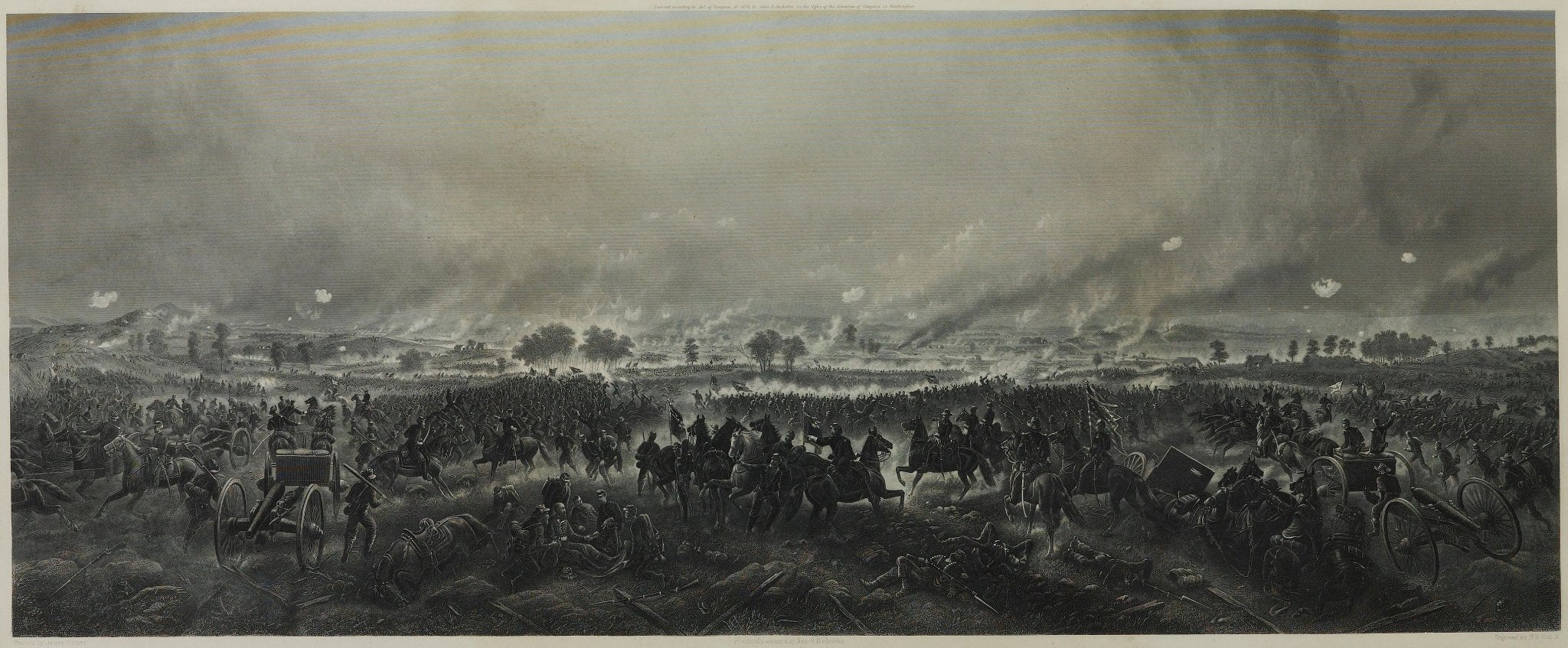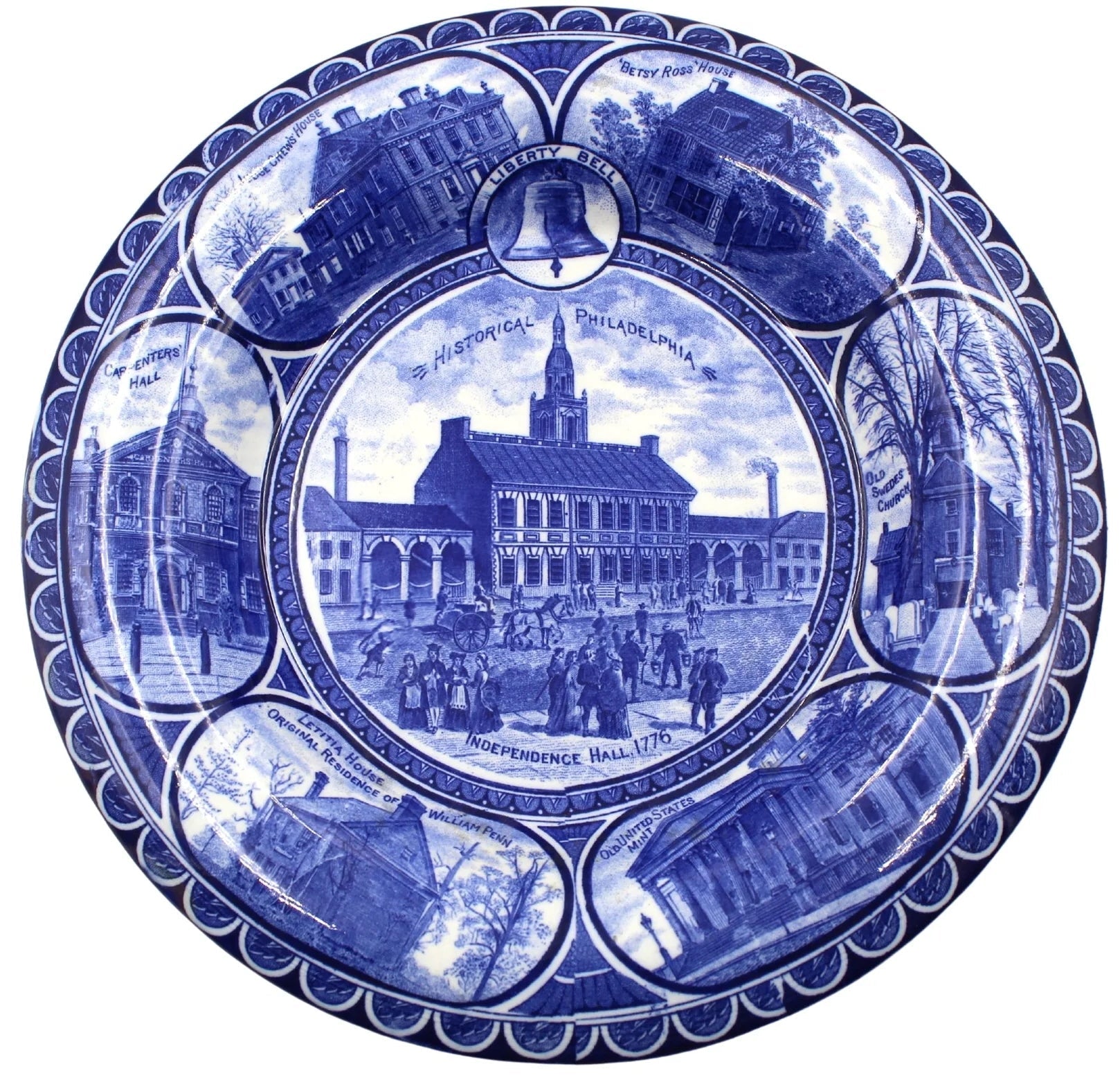The History Behind the 13 Stars
The 13-Star Flag
It was June 14, 1777, when the first American flag was officially adopted. The flag with its 13 red and white stripes and 13 white stars became a symbol for the new country itself. However, with the addition of new states, the flag shifted to adapt to all of the changes. The 13-star flag, being representative of the first 13 colonies, was a tried and true symbol of all that Americans endured in the fight for freedom. Today, we delve deeper into the 13-star flag and all that it means to American citizens.
From the Beginning
After the American Revolutionary War came the signing of the Declaration of Independence; a document that instilled American values and established freedom from all other governing powers. Following the signing of the Declaration in 1776, the Continental Congress adopted the Flag Act on June 14, 1777. Nearly a full year later, the Flag Act established America’s first flag. The Flag Act stated that “Resolved, that the flag of the United States be made of thirteen stripes, alternate red and whtie, that the union be thirteen stars, white on a blue field, representing a new constellation.”
No one knows for certain which was the first 13-star flag to be created. Since the Flag Act merely stated the number of stars and stripes, the configuration of the stars on the canton was still up for debate. One of the first designs of the 13-star flag came from historian Francis Hopkinson, a delegate to the Continental Congress from New Jersey as well as one of the signers of the Declaration of Independence.
Francis Hopkinson’s 13-Stars
Francis Hopkinson was one of the first people to design the caton for the 13-star flag. His design incorporated the stars into a 3-2-3-2-3 pattern, which slightly resembled a diamond of stars surrounded by four corner stars.
Francis Hopkinson's submission of designs to the Continental Congress, which included the design of the first Great Seal and a representation of the American Flag, included the 3-2-3-2-3 pattern of stars, for which he became famous. The pattern was a derived variation on the Scottish white saltire and the Russian navy flag. It was both an orderly way to place the stars on the canton, as well as an affordable option for seamstresses. For his design, Hopkinson asked to be paid in "a Quarter Cask of public wine" and later asked to be paid $1,440 in Continental paper. Congress, however, refused both payments. Congress agreed that Hopkinson had a role in the design, but refused to pay him because he "consulted" other men. The 3-2-3-2-3 pattern is one of the most popular variations of 13-star flags.
13-Stars Through History
Though the original 13-star flag was a monumental feat, it quickly fell out of date. As new states were added to the Union, the flag needed to be changed. In 1795, following the admission of both Vermont and Kentucky and the 14th and 15th states to be admitted to the Union, Congress officially adopted the second flag order. This flag was adjusted to hold 15 stars and 15 red and white stripes. This strange 15-star and striped flag remained as the official variant for a surprising 23 years, until 1818 when Mississippi was admitted (Pierce, 7).
“Realizing that the nation would continue to grow but adding a new star and stripe for each new state was not a practical approach, New York congressman Peter Wendover requested Captain Samuel Reid of the U.S. Navy to develop a flag design that would replace the fifteen-star flag and allow for adding new states while retaining the overall distinctive character of the flag” (Pierce, 7). Reid brought back the original flag with 13 stars and stripes of alternating red and white. The design was intended to honor the original colonies, rather than directly represent the current number of states. In conjunction, the flag was to be adjusted on the July 4th of each year when states were admitted with another star to represent each state. This design was certainly time consuming, to produce new flags whenever states were to be added, but it was important to represent the total of states in the country.
The Flag Act of 1818 was a direct result of Reid’s efforts. However, his recommendation for a flag with a “Great Star” pattern or any form of official standardization was not included. This left the flag all but unregulated, allowing flag makers to customize the stars on the canton. In fact, star configuration was not regulated until 1912!
Though after 1818 the flags continued to change, many people continued to fly 13-star flags in recognition of the origins of the country. When flags were primarily hand-sewn, most flag makers could not keep up with the changes and simply continued to fly 13-stars. Throughout the 1800s and early 1900s, the U.S. Navy enjoyed the privilege of placing only 13-stars rather than the full complement of the day. This U.S. Navy custom continued until President Woodrow Wilson discontinued the practice by executive order in 1916. Thereafter, flags were mandated to represent the actual number of states in the Union, with specific guidelines outlining the position of stars in the canton.
An American Symbol
Since 1777, the 13-star flag has stood as a symbol of the nation’s great republic. It was established as an icon of the new country, and remained as a reminder of the growth of the nation. By the American Centennial in 1876, flag production took off as Americans began to really see the flag as a symbol of patriotism. The flag became a symbol of all that Americans stand for and the spirit of freedom that built the country.
“The flag is the symbol of our very foundation; it is the fabric that binds us together...it is the fabric of the American spirit” (Pierce, 8).
Pierce, J. Richard, The Stars and Stripes: Fabric of the American Spirit. Edited by Sarah Novak, J. Richard Pierce, LLC, July 2005.






